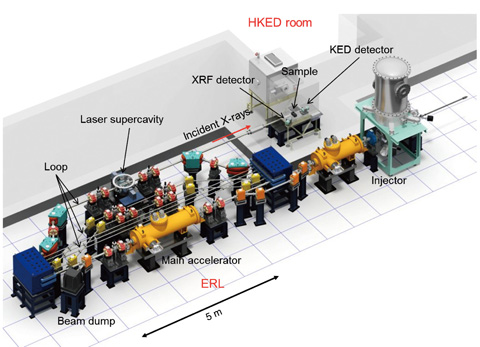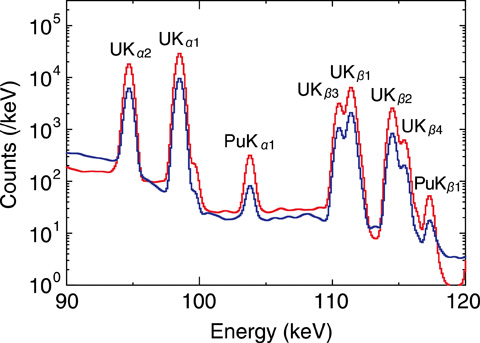
Fig.5-8 Schematic view of the advanced HKED system

Fig.5-9 X-ray response spectrum
Nuclear material accountancy is an important issue for nuclear safeguards. Generally, destructive analysis with mass spectrometry is used for density determination of nuclear materials. However, non-destructive analysis is desired because of simplicity and rapidity of the analysis, as well as for the reduction of discharged nuclear wastes. Hybrid K-edge densitometry (HKED) is a non-destructive analytical method of nuclear materials dissolved in solution. This technique can be applied for quantification of uranium (U) and plutonium (Pu) concentrations.
In the existing HKED system, bremsstrahlung X- rays from an X-ray tube are used as the incident photon source. The broad energy distribution of the bremsstrahlung X-rays produces background counts due to inelastic scattering that affect the counting precision. However, if mono- energetic X-rays are used, efficient KED and X-ray fluorescence (XRF) measurements are possible through reduction of the background counts. Thus, we have proposed an advanced HKED system with mono-energetic X-rays. Fig.5-8 shows a schematic view of the advanced HKED system.
To evaluate the performance of the advanced HKED system, X-ray responses were investigated using a Monte Carlo simulation code. The result is shown in Fig.5-9. The peak intensity of the Pu characteristic X-rays (PuKα1) can be enhanced using mono-energetic X-rays. Consequently, both the ratio of the peak to the background count and ratio of the peak to the total count are improved in comparison with those obtained when using bremsstrahlung X-rays. The counting statistics in the region of the U K-absorption edge in the KED spectra are also increased using mono-energetic X-rays.
Analysis of low concentrations of neptunium (Np) is difficult with the existing HKED system because of the high-background counts from the Pu characteristic X-rays. However, with the advanced HKED system, by adjusting the energy of the incident X-rays between the K-absorption edges of Np and Pu, it is possible to measure the Np characteristic X-rays without any influence from the Pu characteristic X-rays.
The present technique is expected to facilitate the non-destructive rapid, and precise density determination of nuclear materials in solutions at nuclear power plants and nuclear reprocessing facilities.